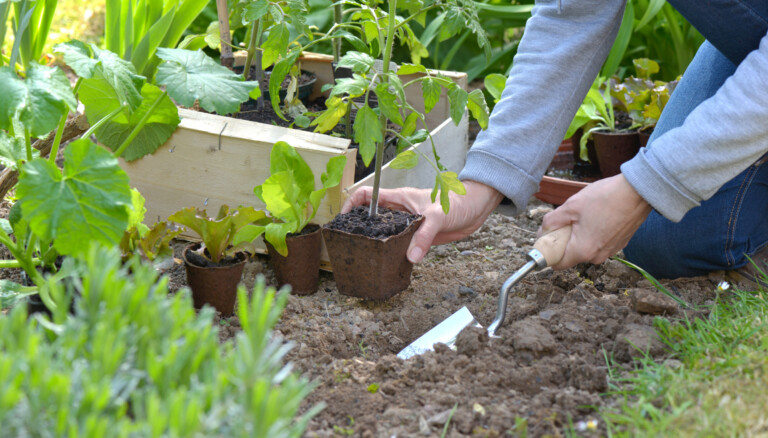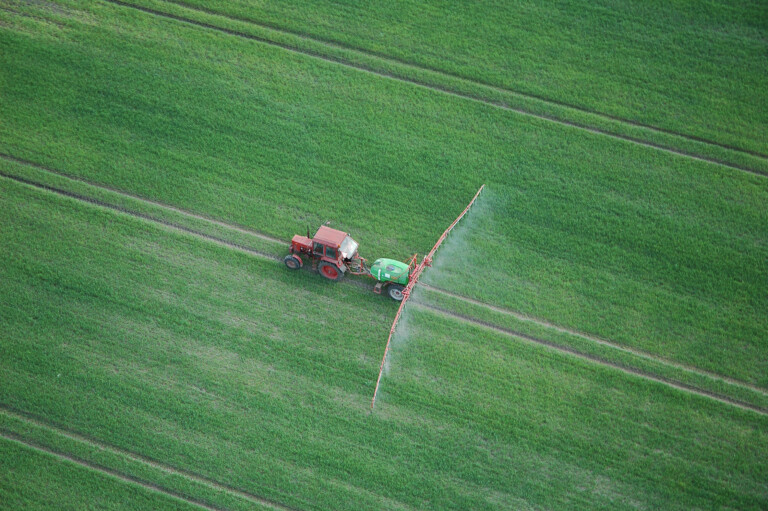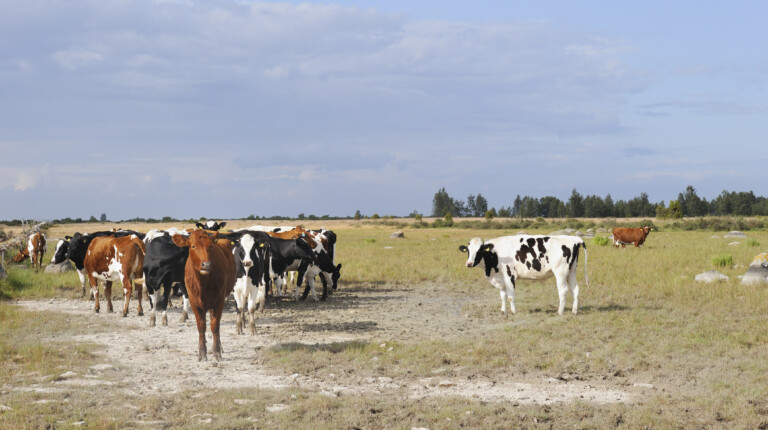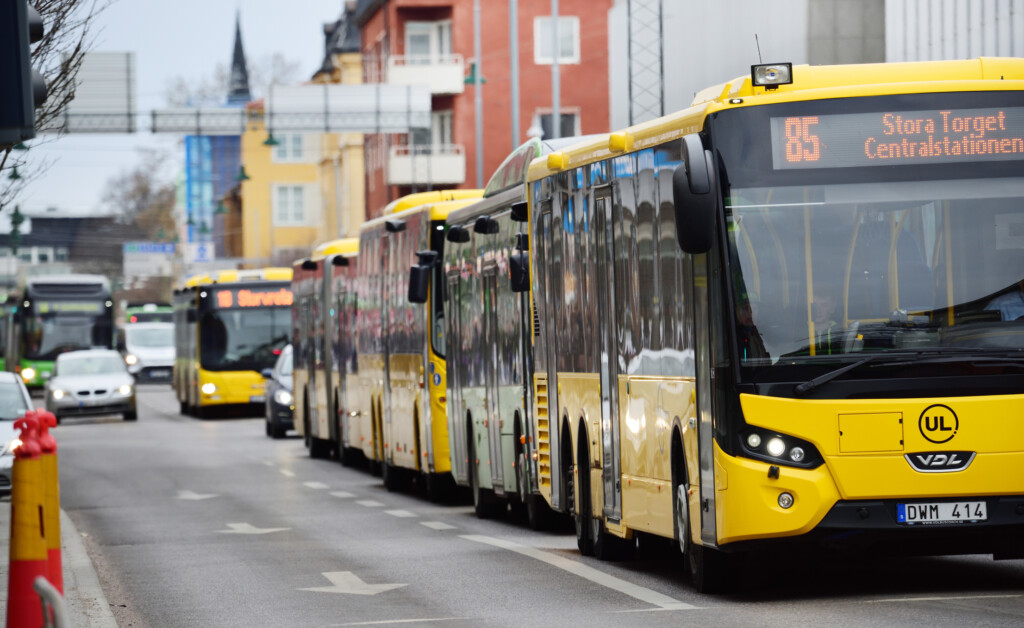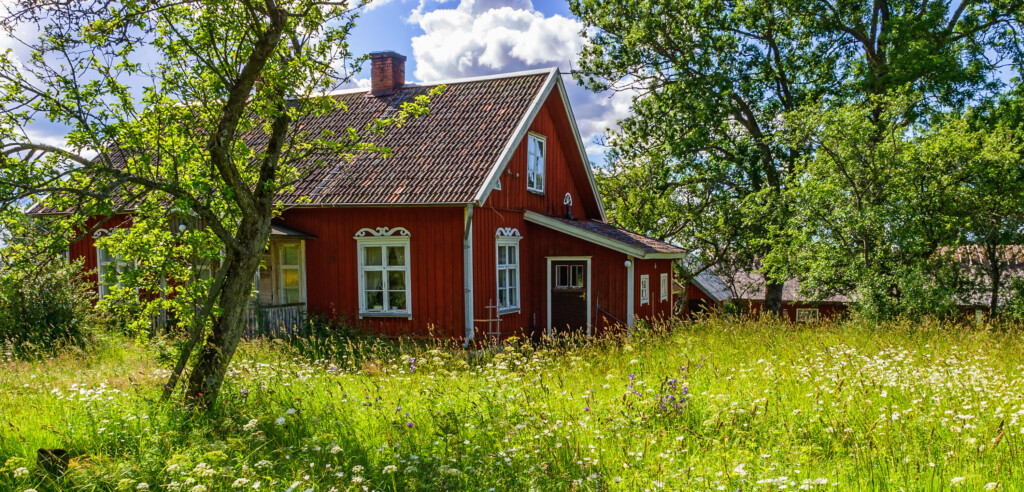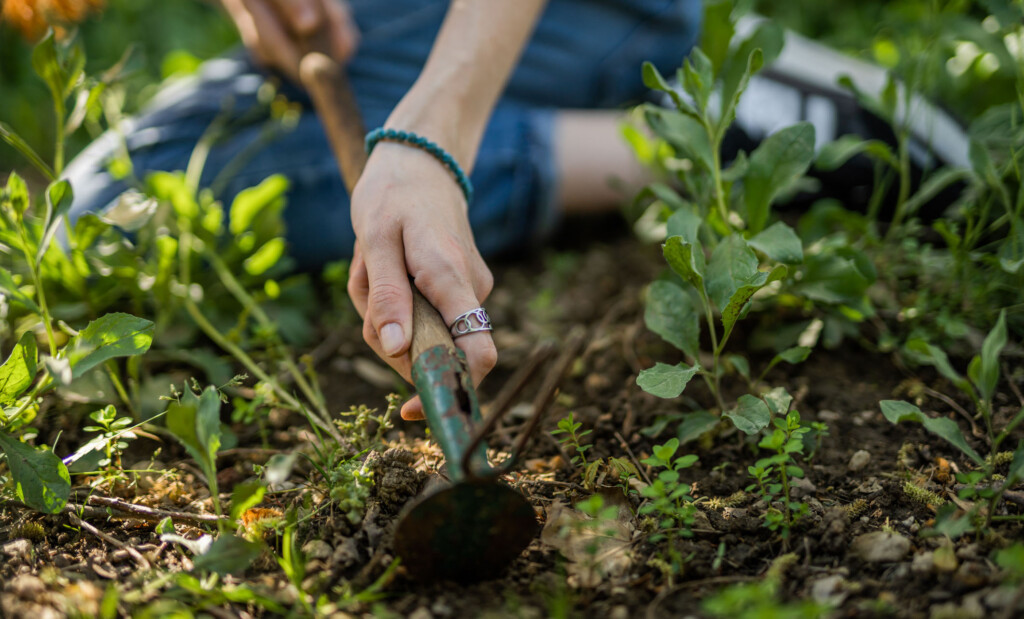Sustainable cities
Wild blueberries – an untapped resource
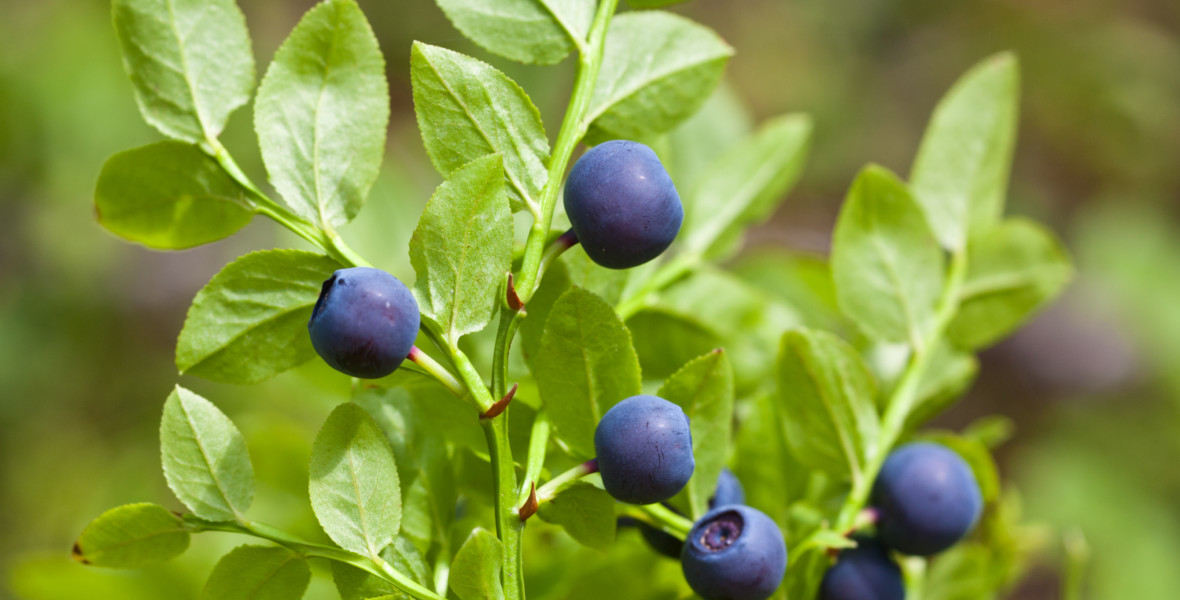
Only a mere 2–5 percent of berries in Swedish forests get picked. Why isn’t more of this resource being utilised? That’s what researchers at the newly launched centre FINEST are wondering. They want to help local businesses see the potential of wild berries.
Subscribe to Extrakt newsletter!
Läs mer
Stay up to date! Get the knowledge, ideas and new solutions for a sustainable society.
Personal data is stored only for the mailing of Extrakt newsletters and information related to Extrakt’s operations. You can cancel the newsletter at any time, which means you will no longer receive any emails from us
In Asia, Nordic wild blueberries, called bilberries, are coveted as a health food ingredient. Researcher Thomas Lennerfors has seen this with his own eyes. Lennerfors is a professor of industrial engineering at Uppsala University and one of the researchers involved in the new centre.

“I lived in Tokyo for a while and saw advertisements for all these health food products,” Lennerfors says. “There’s a mythical image there of the Nordic region and its wild berries: Why are the people here so happy? Bilberries! Although bilberries are appreciated here in Sweden, almost all berries are left in the forest.”
“At the same time, we import American blueberries from the U.S.,” he says.
“It’s kind of strange. Taking advantage of our wild berries is about harnessing the resources in our own immediate surroundings.”
Within FINEST, researchers, experts and industry representatives are working together to discover solutions for a more sustainable food industry. The centre will have several different focus areas, with forest berries representing one track. These include wild berries like bilberries, lingonberries, cloudberries, wild raspberries and crowberries. The centre’s goal is to attempt to understand and overcome the obstacles to a large-scale berry industry in Sweden – despite all the berries.
“We’re sitting on a gold mine”
There are many kinds of berries that are not exploited to their full potential, but bilberries stand out because they are available in such large quantities. Of Sweden’s land area, an astonishing ten percent consists of bilberry sprigs. This can be compared to all buildings including roads, which occupy a total of three percent of the land area.
“We’re sitting on a gold mine,” Roger Uddstål says.
Uddstål is a senior consultant at the RISE research institute and is leading the forest berry efforts at FINEST. In addition to his job at RISE, he also runs his own small berry processing company.
Uddstål feels great frustration that more people do not understand the potential of forest berries. The wild blueberries can be sold as is, but it is more interesting financially to invest in processing, he says.
“We could have a huge juice industry in Sweden,” he says.
He also notes several unexplored uses of bilberries. Different parts of the berry can be used for different purposes. The seeds, for instance, can be turned into berry seed oil, and the shells can be used in health foods since they contain most of the beneficial antioxidants.
Within the framework of FINEST, the researchers will develop different products in the lab.
“We’re going to run a pilot to demonstrate how to use the berries,” Uddstål says.
Wild berries can be a tricky business
As far as berries go, something that is unique to Sweden is the right of public access, which means that anyone can go out into the forest and pick berries. Both private individuals and companies can do the picking. Unlike in Sweden, an agreement with the landowner is required in many other countries, so foreign companies perceive picking berries in Sweden as an easy task. Of the small proportion of Swedish bilberries picked, a significant proportion disappears abroad. Yet Thomas Lennerfors finds that many local companies struggle to turn wild berries into a business.
“There’s this idea that berries are for families with children who are on an outing in the forest. Some business owners express concern that it might be wrong to pick on a large scale. They’re afraid they would be perceived as profiting from the right of public access,” he says.
Some business owners express concern that it might be wrong to pick on a large scale.
This concern doesn’t come from thin air. Foreign companies picking berries in Sweden have been criticised for overexploiting berry resources, and some landowners have protested against berry pickers being driven by bus to their forests. At the same time, it has been revealed that foreign berry pickers work under poor conditions, or are even victims of human trafficking.
Lennerfors believes this has added to the hesitation of many local entrepreneurs to invest in wild berries. In addition, statistics from the Swedish University of Agricultural Sciences show that the number of bilberry springs has declined in Swedish forests, due to forestry practices that involve denser forest stands. Since 1999, bilberry sprigs have decreased by more than 20 percent. In recent years, however, this decrease seems to have levelled off, and the researchers at FINEST see no risk in scaling up the berry picking.
Great need for new technology
The fact that most berry pickers working in Sweden are seasonal workers from other countries is not in itself a problem as long as working conditions are good, according to Uddstål. With new innovations, though, he believes that a job as berry picker could appeal to more people. In the U.S., he has seen berry picking machines that resemble brush cutters, which do away with the need for the picker to bend down. A rotating cutter knocks the berries off the bush.
“With investments in ergonomics and better equipment, I think berry picking could be more interesting for young people, for example,” Uddstål says.
He explains that many of the foreign berry pickers who come to Sweden rebuild their harvesters, making them a little wider. It is telling how inadequate the development of these tools is, he thinks.
“We have hardly seen any advances in technology at all in berry picking, and the same goes for cleaning them.”
Finland leads the way
Improving berry picking with better tools is important, but building a berry industry is not just about developing new products or new technologies, Lennerfors emphasises.
“It’s also about how you view and talk about the berries,” he says.
He mentions Gotland and how the local dewberry has been highlighted as an example. Uddstål cites Finland as another precedent, and believes that Finland showcases the bilberry to a greater extent than in Sweden when marketing the country.
“Finnair serves bilberry juice on its flights. You can really see the potential of the bilberries there,” he says.
More about Finest
The RISE research institute is home to FINEST, a Swedish knowledge and research centre tasked with accelerating innovation for the sustainability transition.
FINEST, together with the business sector and other stakeholders, aims to create an understanding of what is needed to bring about the necessary radical change in the food system.
The centre has three focus areas:
- Swedish forest berries. This area focuses on producing open research, creating a knowledge base that everyone should be able to access and building a profitable berry production.
- Protein-rich legumes.
- Experimental food production.
